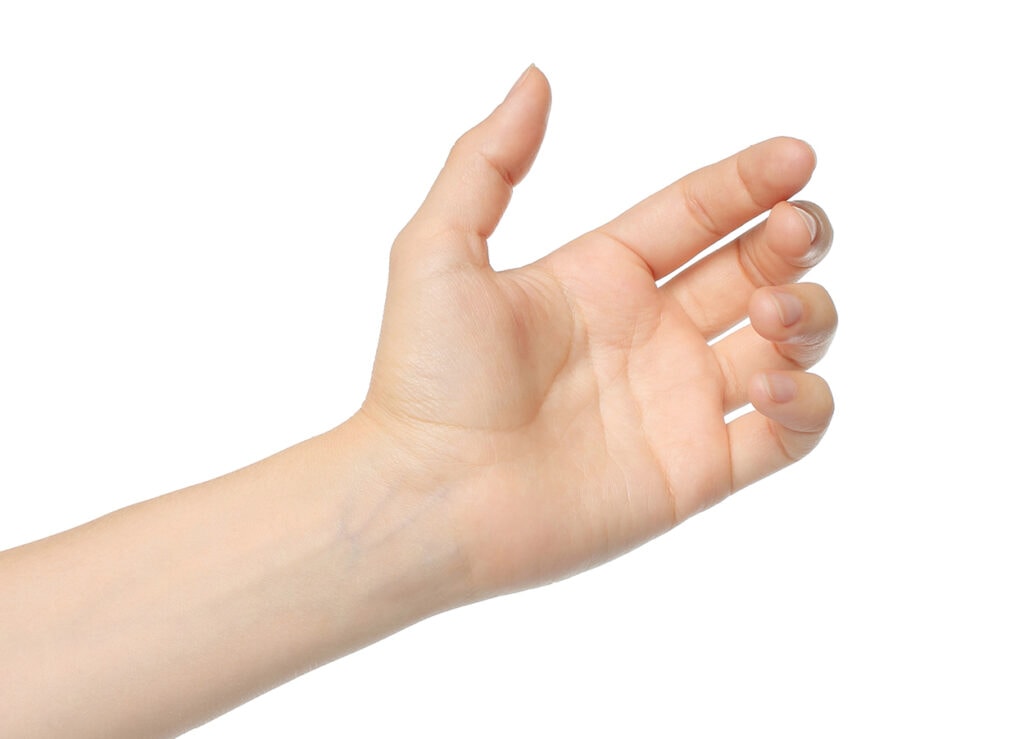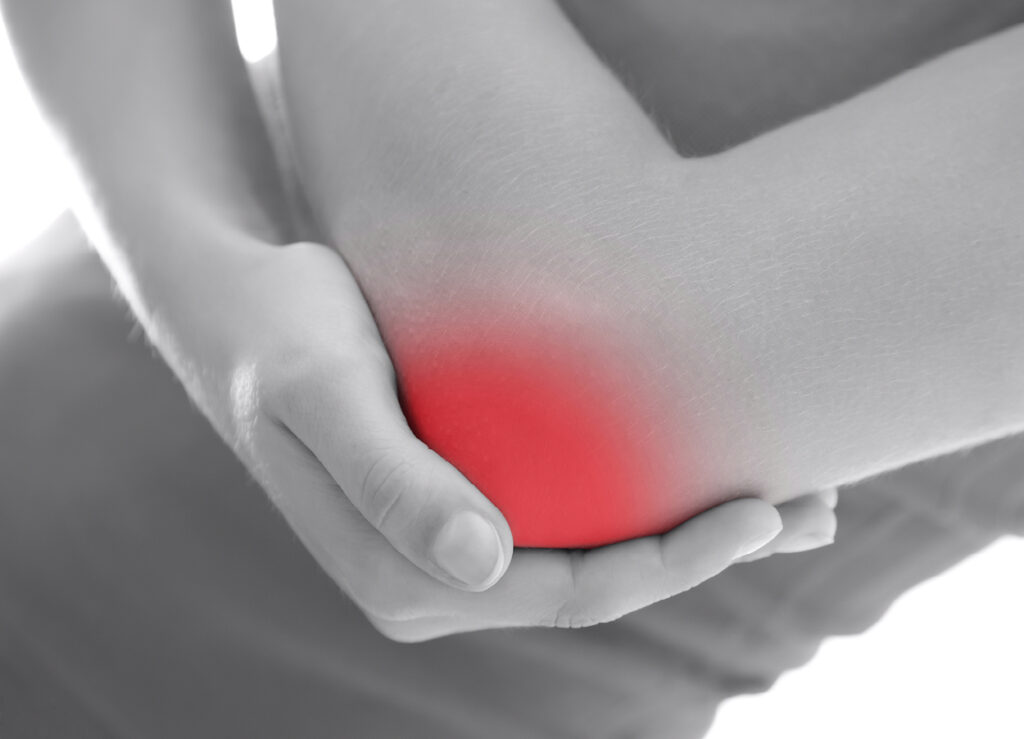Hand Surgery
Reconstructive Hand Surgery
Northland Plastic Surgery offers reconstructive hand surgery. We treat many patients who come to us with hand injuries and issues. Our surgeons are skilled hand surgeons.
The hand is an incredibly complex body part. Therefore the treatment of injuries or conditions of the hand requires specialized knowledge of its anatomy, careful assessment and diagnosis, and meticulous technique and post-op care.
Download our Hand Surgery Overview!
Carpal Tunnel
Carpal tunnel syndrome is a condition caused by pressure to the median nerve within the wrist, or carpal tunnel. You might feel pain, a tingling sensation, numbness of the fingers, weakness or aching. Carpal tunnel syndrome is associated with multiple conditions including: repetitive motion or overuse, fluid retention during pregnancy, injury to the nerve in the carpal tunnel or rheumatoid arthritis.
Surgery may be appropriate if your symptoms are severe or don’t respond to other treatments. If surgery is necessary, then we will help you decide whether an endoscopic- using a small camera to see inside, or an open approach with a small incision is a the best for you.
Download our Carpal Tunnel Surgery Overview!
Trigger Finger
Trigger finger is a condition in which one of your fingers gets stuck in a bent position. Your finger may bend or straighten with a snap – like a trigger being pulled and released. Trigger finger can affect any finger, including the thumb. More than one finger may be affected at a time, and both hands might be involved. Triggering is usually more pronounced in the morning, while firmly grasping an object or when straightening your finger. It is also more common in women than men.
Tendons are fibrous cords that attach muscle to bone. Each tendon is surrounded by a protective sheath. Trigger finger occurs when the affected finger’s tendon sheath becomes irritated and inflamed. This interferes with the normal gliding motion of the tendon through the sheath.
While there are different levels of severity, the most severe require surgery. Working through a small incision near the base of your affected finger, your surgeon can cut open the constricted section of tendon sheath. Following surgery, you will most likely be working with a specialized hand therapist as well to gain your best outcome.

Trigger finger is often a painful flexing of the finger that doesn’t allow it to straighten, or “locks” in place after bending when the tendon is inflamed. Another term you may hear for this is stenosing tenosynovitis. Trigger finger usually affects the ring finger and thumb. It can be the most severe often in mornings. While it is possible for this condition to resolve on its own or with the help of splinting and therapy, it more often requires surgery to be resolved completely.
Nerve Compression
What is it and when is surgery needed?
Nerve compression syndromes often lead to troubling symptoms for patients, and in some cases these symptoms can cause nerve damage if left untreated. A ligament pinching or putting pressure on a peripheral nerve is generally the cause of these syndromes.
Another common type of nerve pain is caused by the ulnar nerve. This nerve is in your elbow and causes the pain often referred to as your “funny bone”. When your ulnar nerve is pinched or is compressed, you can experience numbness and pain in your little finger and ring finger, weakness in your hand or trouble moving your fingers. If non-surgical treatments are not working to relieve symptoms, there are several surgical options to help.
Download our Nerve Compression Surgery Overview!

Neuropathy
Neuropathy refers to a problem with peripheral nerves; these are the nerves you’d find in your arms and legs. Some signs of neuropathy are weakness, numbness, and pain from nerve damage or even just a “pins-and-needles” sensation, usually in the hands. Many of these symptoms can be made significantly better or alleviated all together. As there are many causes of nerve pain in your hands, there are different surgical options for you. Hand reconstructive surgery is common and offers many options. After you speak with your surgeon to decide what is best for you, you may also work with a team of hand therapists to get your best long-term outcome.
Congenital Hand Deformitites
We treat a large number of congenital hand deformities. These range from simple buds of extra tissue (rudimentary polydactyly) to complex hypoplastic syndromes and clefting deformities. With any case of congenital hand deformity, the child should be carefully evaluated for other types of deformity and associated syndromes. Some of the most common deformities are polydactyly, syndactyly and macrodactyly. In most cases surgical treatment is initiated when the child is between one and five years of age, depending on the functional aspects of the deformity.
Download our Congenital Hand Deformities Surgery Overview!

